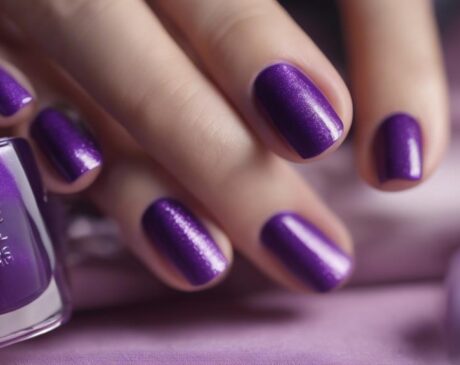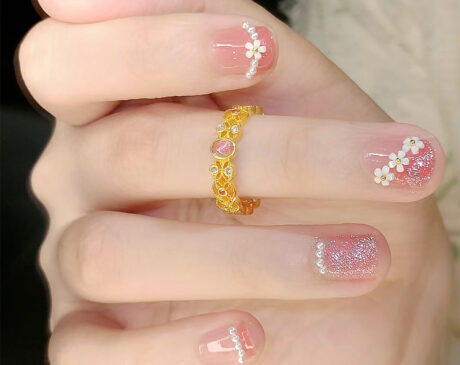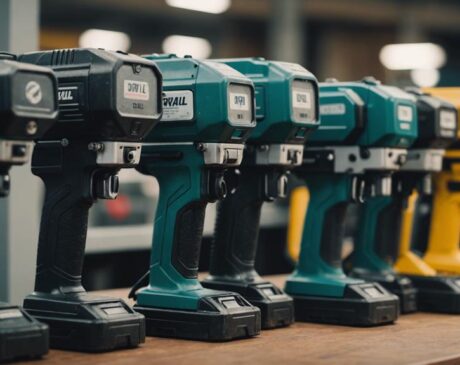What Does Painted Nails on a Man Mean?
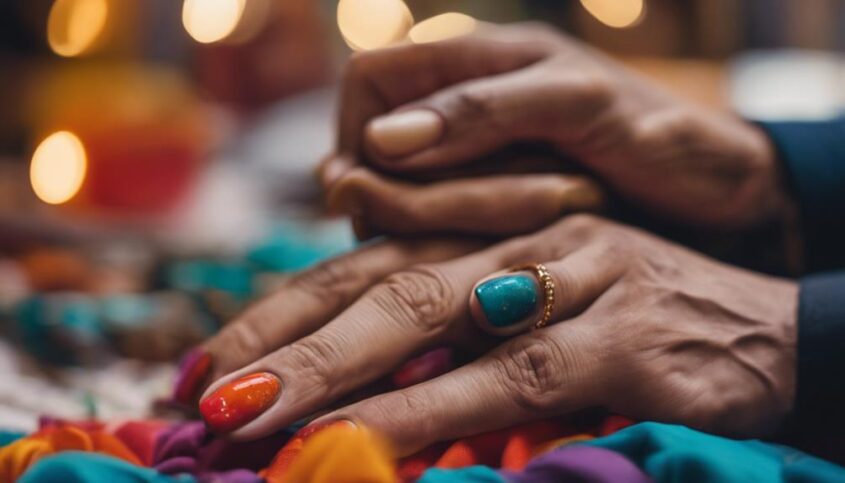
Men painting their nails is a form of self-expression challenging traditional gender norms. It signifies individuality, creativity, and confidence. Historically, various cultures used nail painting to represent power and connection with ancestors. Today, it promotes inclusivity and diversity in grooming and fashion. Painted nails on men signify breaking free from stereotypes and embracing personal identity authentically. This practice allows individuals to assert unique styles and celebrate their true selves. The trend not only challenges societal expectations but also redefines masculinity through diverse expressions. The significance of painted nails on a man goes beyond aesthetics, reflecting a deeper cultural and personal narrative.
Key Takeaways
- Painted nails on a man signify self-expression and individuality.
- It challenges traditional gender stereotypes and promotes inclusivity.
- Men painting their nails assert unique identities and break societal norms.
- Nail painting celebrates diversity, creativity, and authenticity.
- Embracing painted nails on men redefines masculinity and beauty standards.
Historical Context
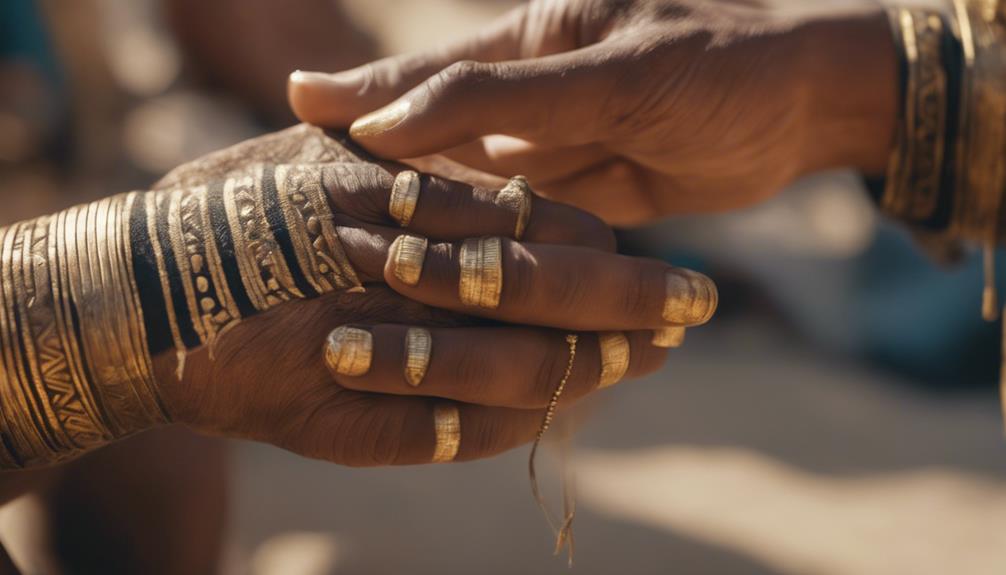
Throughout history, the practice of men painting their nails has been documented in various cultures and time periods. In ancient Egypt, both men and women adorned their nails with various colors to signify social status and wealth. Similarly, in ancient China, nail painting was a symbol of power and authority, with different colors representing different ranks in society. Moving to more recent times, during the 1970s and 1980s, the punk rock movement popularized nail painting among men as a form of rebellion against traditional gender norms.
In many indigenous cultures, nail painting by men holds significant cultural and spiritual meanings. For example, in some Native American tribes, men painted their nails before going into battle as a symbol of strength and protection. Additionally, in certain African tribes, nail painting was a way for men to connect with their ancestors and receive blessings for important events in their lives.
Gender Expression
In contemporary society, the practice of men painting their nails serves as a visible form of gender expression that challenges traditional stereotypes and promotes individuality. By choosing to paint their nails, men are breaking away from the conventional norms that dictate what is considered masculine or feminine. This act of self-expression allows individuals to showcase their creativity and personal style, regardless of societal expectations.
Men painting their nails can be seen as a way to blur the lines between gender roles and embrace a more inclusive understanding of gender identity. It sends a message that appearance and grooming are not limited by gender, and that everyone should have the freedom to express themselves authentically.
Moreover, this form of gender expression can also serve as a form of empowerment for individuals who may feel restricted by rigid gender norms. It signifies a willingness to challenge societal expectations and embrace one's unique identity without fear of judgment or discrimination. Ultimately, the act of painting nails transcends traditional gender boundaries and celebrates the beauty of individual diversity.
Fashion and Trends
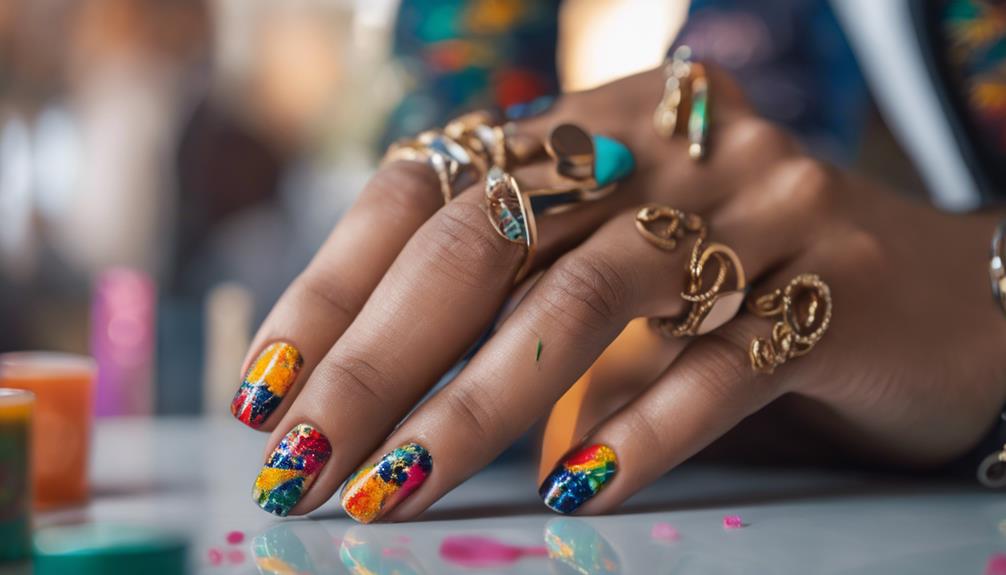
Fashion and trends in the realm of men's grooming have increasingly embraced the practice of painting nails as a form of self-expression and style. Men's fashion has evolved to include more diverse and inclusive forms of personal grooming, with painted nails being a prominent trend. This trend has been seen on runways, in fashion magazines, and on social media influencers, showcasing a shift towards breaking traditional norms in the realm of masculinity. The act of painting one's nails can convey a sense of creativity, individuality, and confidence. It has become a way for men to express their personality and sense of style beyond traditional fashion choices. By embracing painted nails, men are challenging stereotypes and redefining beauty standards. This trend not only promotes self-expression but also encourages inclusivity and acceptance within the fashion industry and society as a whole. Men who paint their nails are making a bold statement about their identity and embracing a form of self-care and expression that goes beyond traditional gender roles.
Individuality and Identity
Embracing the practice of painting nails serves as a powerful means for individuals to assert their unique identities and celebrate their individuality in a world that increasingly values self-expression. Through the simple act of painting their nails, individuals can communicate aspects of themselves that may not be immediately apparent to others. This form of self-expression allows individuals to showcase their creativity, personal style, and inner passions.
Painted nails can serve as a tool for individuals to break free from societal norms and gender stereotypes, enabling them to express themselves authentically. By choosing to paint their nails, individuals can carve out a space for themselves where they feel empowered to embrace who they truly are. This act of self-expression can be particularly empowering for those who may feel marginalized or misunderstood by society.
Ultimately, painting nails can be a deeply personal and meaningful practice that allows individuals to outwardly display their inner selves, fostering a sense of confidence and authenticity in a world that often demands conformity.
Cultural Acceptance
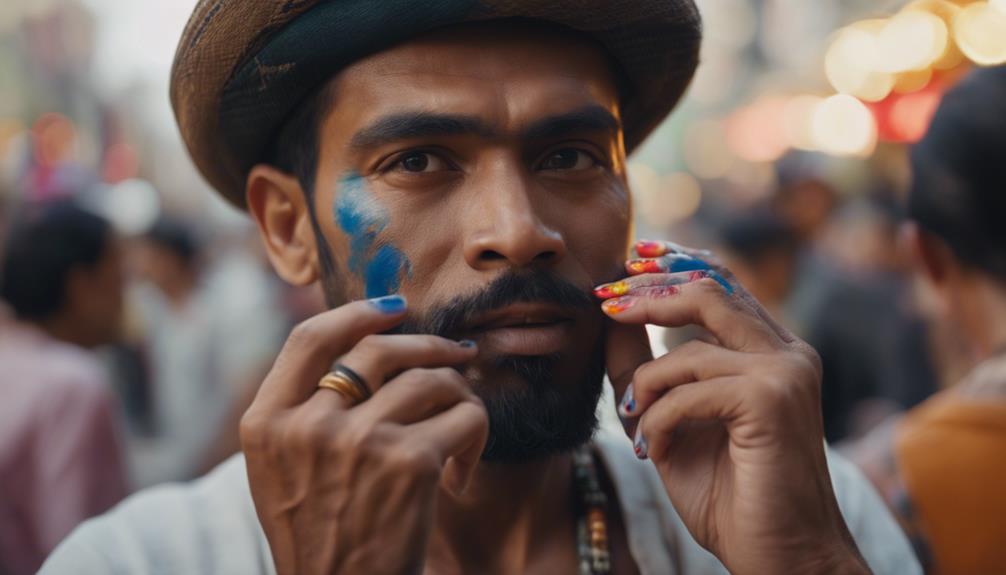
The reception of painted nails on men within various cultural contexts reflects evolving attitudes towards self-expression and gender norms. In some cultures, painted nails on men may symbolize status or a connection to spiritual beliefs, while in others, it may be viewed as a form of rebellion against traditional gender roles. Below is a table showcasing different cultural perspectives on men wearing painted nails:
| Cultural Context | Attitude towards Painted Nails on Men |
|---|---|
| Western Countries | Increasing acceptance and seen as a fashion statement |
| Middle Eastern Countries | Generally frowned upon due to traditional gender norms |
| Asian Countries | Varied attitudes ranging from acceptance to conservative views |
| Indigenous Cultures | Often viewed positively as a symbol of strength and unity |
Understanding the diverse cultural viewpoints on painted nails for men highlights the importance of respecting and valuing different expressions of identity and self-care practices. As societal attitudes continue to evolve, embracing individuality and self-expression regardless of gender norms is becoming increasingly accepted in many parts of the world.
Self-Care and Grooming
In the realm of personal grooming and maintenance, attending to one's nails, including the option of painting them, can serve as a form of self-care and expression. Proper nail care not only enhances one's appearance but also contributes to overall hygiene and well-being. Maintaining clean and neatly painted nails can boost self-esteem and confidence, promoting a positive self-image. For many individuals, the act of painting nails is a relaxing and therapeutic practice, allowing for moments of self-indulgence amidst busy schedules. Additionally, choosing to paint one's nails in various colors or designs can be a creative outlet, reflecting one's personality and style.
Regular nail care, which includes painting nails, can be viewed as a way to prioritize self-care and grooming, demonstrating respect for oneself and cultivating a sense of self-worth. By dedicating time to this aspect of personal maintenance, individuals show a commitment to their overall well-being and presentation, highlighting the importance of self-love and attention to detail.
Artistic Expression
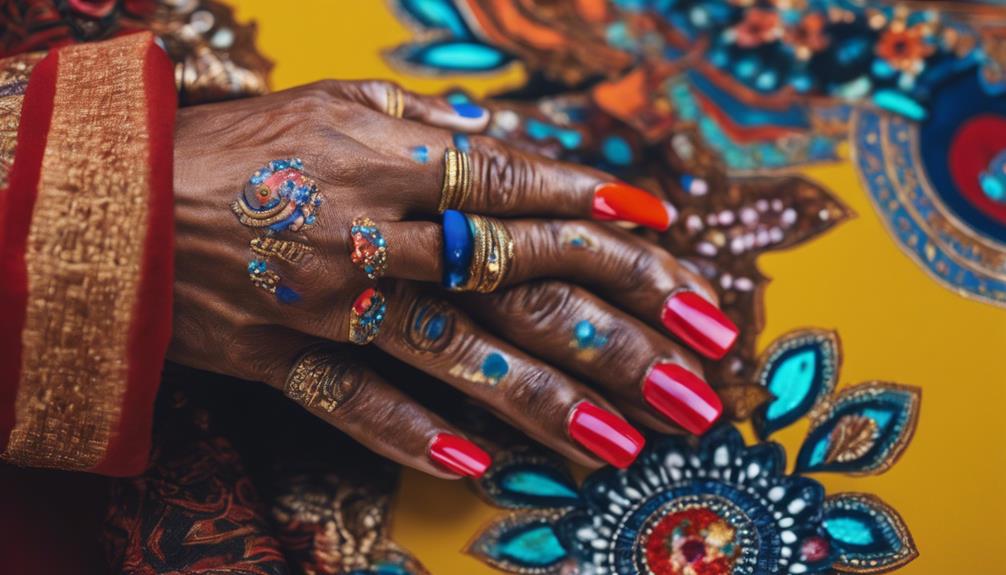
Exploring nail artistry through painted nails allows individuals to showcase their creativity and unique style in a subtle yet impactful manner. This form of artistic expression goes beyond traditional boundaries, enabling individuals to communicate their personalities through colorful designs and patterns. Here are three ways in which painted nails serve as a means of artistic expression:
- Personal Storytelling: Each nail design can represent a different chapter of one's life, allowing for a visual representation of personal experiences and emotions.
- Fashion Statement: Painted nails can complement an individual's outfit, adding an extra element of style and flair to their overall look.
- Celebration of Diversity: Nail artistry knows no bounds and provides a platform for celebrating diversity, where individuals can express their cultural heritage or support causes they are passionate about through their nail designs.
Breaking Stereotypes
Breaking stereotypes involves challenging traditional gender norms and redefining masculinity. By embracing painted nails, men can express themselves creatively and authentically, regardless of societal expectations. This act symbolizes a shift towards a more inclusive and accepting society where individuals are free to explore and redefine their identities.
Challenging Gender Norms
Considered a bold fashion statement by some, painted nails on a man challenge traditional gender norms. This act of self-expression can serve as a powerful tool in breaking stereotypes and promoting inclusivity. Here are three ways in which painted nails on men challenge gender norms:
- Promoting Individuality: Men painting their nails showcase their unique personalities and preferences, challenging the notion that certain styles or colors are exclusively for one gender.
- Encouraging Acceptance: By embracing painted nails, men encourage society to accept diverse expressions of masculinity, promoting a more inclusive environment for all individuals.
- Questioning Stereotypes: Breaking the stereotype that only women can wear nail polish, men with painted nails challenge preconceived notions of gender roles in fashion and beauty.
Redefining Masculinity
In modern society, the redefinition of masculinity involves challenging traditional stereotypes and embracing a more diverse and inclusive understanding of what it means to be a man. Breaking free from rigid norms allows individuals to express themselves authentically, regardless of societal expectations. Redefining masculinity encourages men to explore their emotions, interests, and appearance without fear of judgment. By dismantling stereotypes, we create a space where all individuals can thrive and feel accepted for who they are. Embracing a broader definition of masculinity promotes equality, respect, and compassion among all genders. It encourages self-reflection and growth, fostering a society where everyone can express themselves freely and without limitations.
Frequently Asked Questions
Does Painting Nails Affect a Man's Masculinity?
Painting nails on a man challenges traditional notions of masculinity. The act itself doesn't alter one's inherent masculinity, but society's perceptions may create a temporary dissonance. Ultimately, self-expression should not be confined by gender stereotypes.
Are There Specific Nail Polish Colors for Men?
When it comes to nail polish colors for men, there are no specific rules. Men can choose any color that they feel comfortable and confident wearing. It's all about personal preference and expressing individual style.
How Often Should Men Repaint Their Nails?
Regularly repainting nails is advised for men to maintain a polished appearance. Frequency can vary based on personal preference, lifestyle, and the type of polish used. Generally, touch-ups every 1-2 weeks can help keep nails looking fresh and well-groomed.
Can Painted Nails on a Man Be Considered Professional?
Painted nails on a man can be considered professional depending on the industry and company culture. Some workplaces embrace individuality, while others may have strict grooming policies. It's essential to align personal expression with professional expectations.
Do Men Face Backlash for Wearing Nail Polish in Certain Settings?
Men may encounter backlash for wearing nail polish in certain settings due to societal norms and stereotypes. It is important to promote inclusivity and acceptance to challenge these barriers and create a more diverse and understanding environment.

